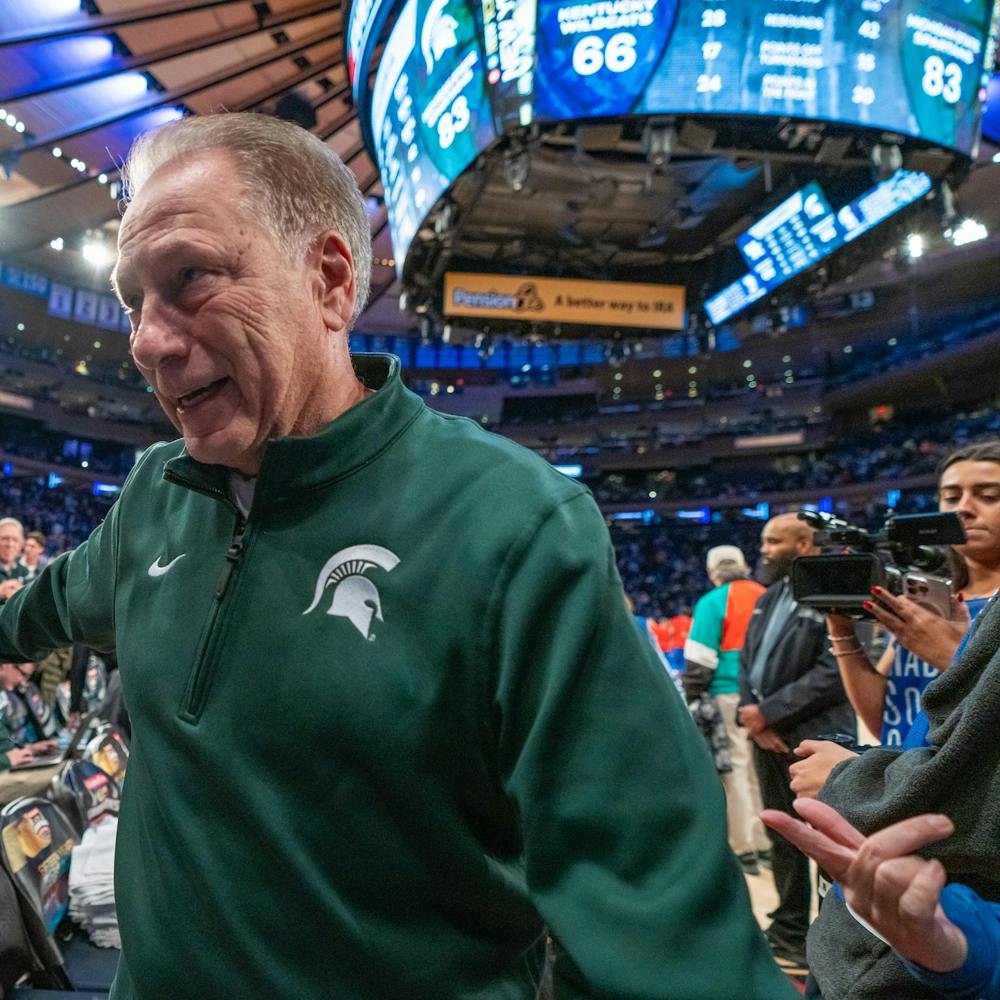Americans are being bombarded with different plans to fix the nation's health-care system. After a decade-long dry spell, almost every politician, every large employer, every consumer and industry association and, of course, every presidential candidate, has a health-care reform idea.
Isn't it wonderful? Health-care analysts and economists say this is part of a predictable cycle, in which hopes are raised for a Big Fix, only to be shredded by political and budgetary realities.
After all, they say, if fixing health care was cheap or easy, it would have been done by now.
Granted, the complexity of the problem is enough to daunt any but the bravest policy wonks. But this isn't some minor twinge that can be put off until much later. It's a full-fledged pain in the budget - local, state, federal and personal - that is only going to get worse.
You're going to hear a lot about these proposals. You're not going to hear a lot about how much they'd cost.
Here's a hint: If a politician says he or she will pay for universal health care by cutting waste from current practices, don't believe it. Yes, there's lots of waste - by some estimates up to one-third of what's spent. But the problem is figuring out which third.
It also is popular to tout the idea of preventive care as a panacea: If you don't get sick, you don't spend money at the doctor's office. That's true. But whether that saves money depends on how prevention is achieved. Convincing people to stop smoking, exercise more and eat healthier no doubt pays dividends and needn't cost all that much. Some employers and hospitals are offering free care to those with chronic conditions like diabetes that, if left unchecked, could lead to extensive and expensive hospital stays. But prevention easily can veer into mass screenings of the healthy to find the few who aren't. That's a waste of money.
Finally, there's the blame game. Some may seek to blame patient-gouging doctors for soaring costs. Or hospitals and their egregious, phone book-size bills and exorbitantly expensive aspirins. Or denial-crazy insurance companies. Or drug companies that reap huge profits.
All of those bear responsibility for rising costs. But these complaints are exaggerated.
Americans are aging, baby boomers are moving into retirement and that means a surge of people seeking more and costlier medical care. American medicine delivers wondrous new high-tech screenings and treatments, miracle drugs and innovative therapies that improve and extend lives. But it's not cheap.
So as the candidates roll out their plans, here's what we'll be listening for: A plan to cover more Americans with health insurance. Too many people end up in emergency rooms, racking up billions in medical bills that they can't pay.
The tricky part here is where to draw the lines. Who gets the subsidies, who pays up? A reasonable plan is to start easing away from employer-based insurance.
This is a dramatic change that won't, can't and shouldn't happen quickly.
Any proposal should allow people to buy insurance at competitive rates from private carriers - and guarantee coverage - without creating another huge federal bureaucracy. Insurance should be portable so that people wouldn't fear losing coverage if they lose a job or simply want to change employers. Similarly, insurance companies should be able to sell across state lines without meeting different coverage mandates for different states. That could help drive down costs and make insurance more accessible.
A modest first step on this road: President Bush's proposal to create a standard federal tax deduction for health insurance, to equalize the tax breaks for those who buy insurance through an employer and those who don't.
When Medicare officials peer into the future, they see a hemorrhage of red ink in the coming decades. Those numbers suggest agonizingly hard choices are coming.
No one wants to suggest that there are limits, that we can perform miracles for some but can't afford to perform them for everyone, regardless of age or physical infirmity. Is prolonging the life of a 90-year-old by four months more important than educating a preschooler? And who decides?
Americans and their political leaders need to acknowledge a basic truth: All the cutting-edge treatments and miracle drugs and innovative surgeries come with a price: rising health-care costs. Despite what some politicians may promise, there's no painless cure.
© 2007, Chicago Tribune. Distributed by McClatchy-Tribune Information Services.





